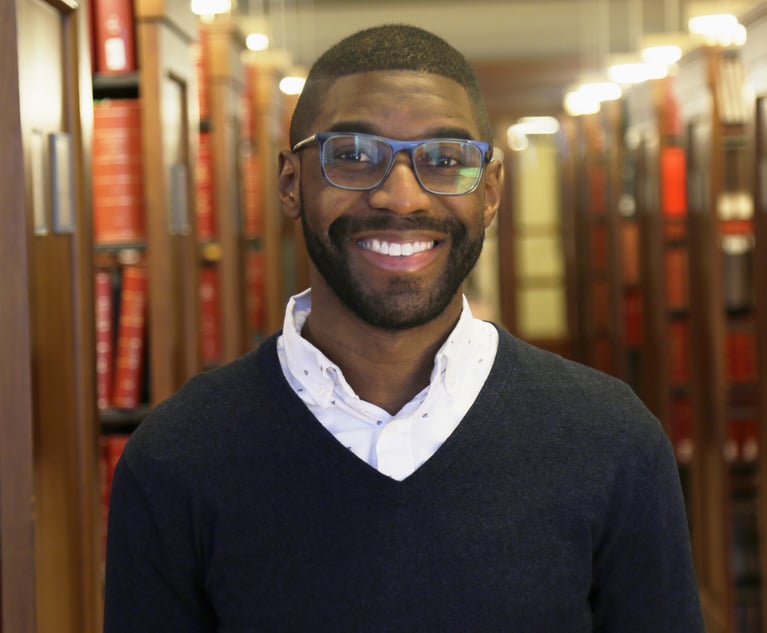Anthony Sims has been incarcerated in a New York state prison for over 23 years for a murder in Brooklyn he very likely didn’t commit. The evidence strongly points to another man, Julius Graves, as the killer. The prosecutor who tried and convicted Sims – and who later became head of the District Attorney’s wrongful conviction unit – must have known that proof of Sims’ guilt was weak and that more potent proof pointed to Graves as the killer. But once the police quickly arrested Sims, the case lurched forward and it became easier to prosecute Sims and use Graves and his friends as witnesses. It is hard to believe that the prosecutor who brought Sims to trial was not skeptical of Sims’ guilt. And this raises the unsettling question: Do prosecutors who bring defendants to trial struggle with whether they may be prosecuting an innocent person?
Li Run Chen, a young employee at a Chinese restaurant in Brooklyn, was killed on May 18, 1998, by a shotgun blast to his chest. Two persons knew for certain who killed Mr. Chen—Anthony Sims and Julius Graves—because they both entered the restaurant together and ran out together, after one of them committed the murder. The ensuing police investigation was rushed, aggressive, and skewed. Some witnesses were pressured to make an identification, and some witnesses had an interest in the case that shaded their recollections. For example, the homicide detectives learned that Graves had returned to his apartment with the shotgun after the killing, wiped the gun of prints, and gave it to a young boy to dispose of. The police also knew that the shotgun used in the killing had been kept in the brownstone where Graves lived. Graves resided in the same apartment with his fiancée, her mother, her children and grandchildren. Several of these persons, albeit with many inconsistencies and contradictions, supported Graves’ testimony that Sims was the killer.


 Credit: Tracy King/Adobe Stock
Credit: Tracy King/Adobe Stock




